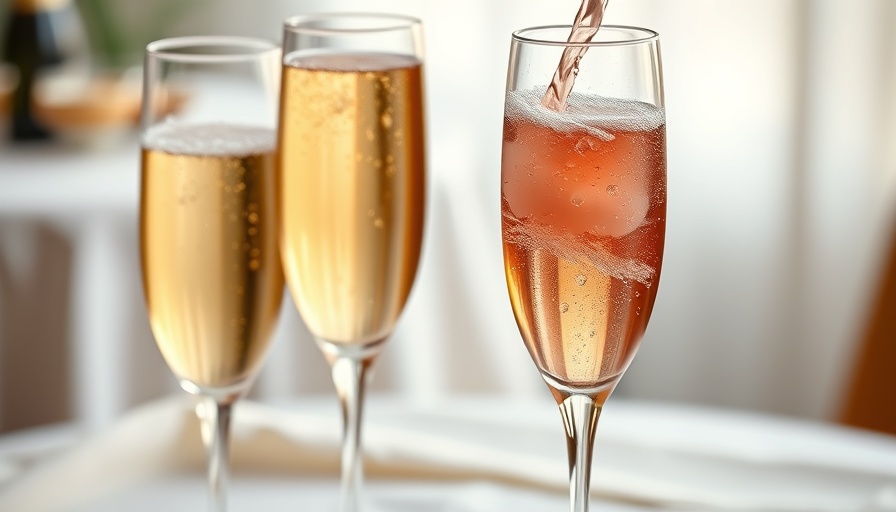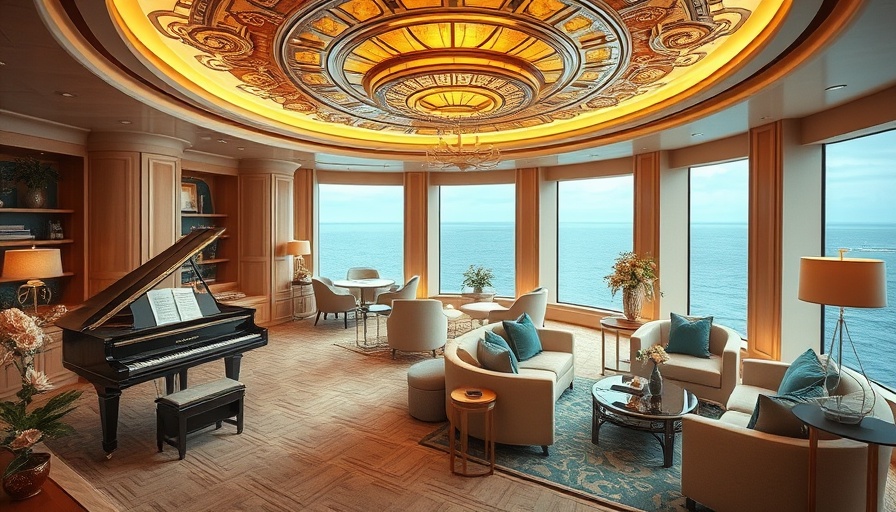
Uncorking the World of Champagne: A Guide for Adventurous Spirits
For those with a penchant for adventure and a love for unique experiences, understanding the various types of champagne can add a sparkling twist to your next gathering. From the crisp and utterly dry Brut Nature to the luscious Doux, champagne offers a fun world of flavors and styles, each suited to different occasions and palates.
Understanding Champagne Sweetness Levels
The classification of champagne primarily hinges on sweetness, which ranges from bone-dry to luxuriously sweet. This measurement is determined by the residual sugar content, with styles defined as follows:
Brut Nature/Zero Dosage: The epitome of dry champagne, this style contains 0-3 grams of sugar per liter. With no sugar added during the final process, it showcases the pure essence of the grapes and terroir, making it an excellent pairing for fresh oysters and sushi.
Extra Brut: Slightly less strict than Brut Nature, Extra Brut has a sugar content of 0-6 grams per liter. It appeals to the health-conscious or those who love a clean, dry taste. Its quality is more evident with the right grapes, enhancing its popularity among wine enthusiasts.
Brut: This type accounts for a staggering 78.5% of champagne exports. With sugar ranging from 0-12 grams per liter, Brut offers a well-rounded flavor perfect for any celebration. Whether for a casual brunch or a festive toast, Brut never disappoints.
Extra Dry: Despite its name, Extra Dry champagne is actually 12-17 grams of sugar per liter. Its medium-dry sweetness complements spicy dishes beautifully, making it an ideal option for adventurous culinary pairings.
Sec: Translating to 'dry' in French, Sec indicates a semi-sweet profile with 17-32 grams of sugar per liter. It offers a delightful balance with its refreshing acidity, bridging the gap for those eager to explore sweeter options.
Demi-Sec: This style, with 32-50 grams of sugar, is sweeter and shines when paired with desserts. As its name suggests, it effectively balances sweeter notes without being overpowering.
Doux: The sweetest style of all, Doux champagne contains more than 50 grams of sugar per liter. It embodies indulgence and is a must-try for those with a serious sweet tooth.
The Art of Pairing Champagne
As you explore the rich tapestry of champagne styles, consider how each type can elevate your dining experience. For instance, pairing Brut Nature with delicate seafood can highlight the freshness of both the food and the wine. Meanwhile, a Demi-Sec, with its sweetness, pairs wonderfully with berry desserts, creating a harmonious balance that enhances those flavors.
Future Trends in Champagne Consumption
The growing interest in champagne is not limited to special occasions; it’s becoming a favored choice in casual settings. More people are recognizing the versatility of champagne and its ability to enhance experiences, from brunches to outdoor picnics. The rise of unique varieties like organic or natural champagnes also reflects a shift towards sustainable luxury.
Why This Matters to You
By understanding the nuances of champagne types, you’re better equipped to make informed choices that align with your lifestyle. Whether you utilize this knowledge for personal enjoyment or as a conversation starter at your next adventurous gathering, the world of champagne offers endless possibilities for exploration.
As you embark on your champagne journey, keep your palate and preferences at the forefront. There’s a style of champagne suited to every moment of life, making it a delightful addition to your repertoire.
Let’s Celebrate Life
Ready to pop the cork on new champagne experiences? Embrace the variety and find your perfect match whether for a special occasion or simply to add sparkle to a Wednesday. Here’s to adventure, taste, and the joyous occasions that life brings!
 Add Row
Add Row  Add
Add 




Write A Comment